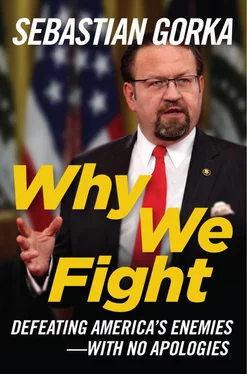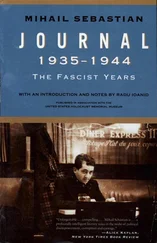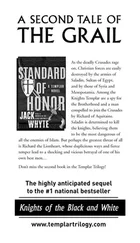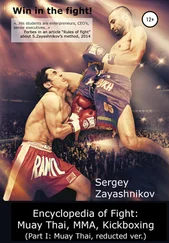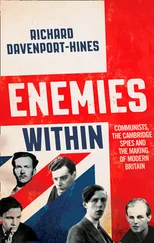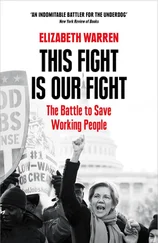The commander, with the steely gaze and a crooked smile that sneaked through now and again, maintained morale. He made sure his men kept themselves clean-shaven and presentable, proud of their composed and steely response to Tojo’s onslaught. He also ensured that worship services were available to those leathernecks who wished to call on reinforcements of a higher order in a war that truly was between the forces of good and evil.
But still, the odds were not in the 1/7’s favor. Japanese vessels managed to drop ammunition and supplies for the forces preparing to attack Henderson Field, and the so-called “Tokyo Express” ferried thousands of reinforcements with which to retake the airstrip. Now the Sendai Division could count on the support and diversionary maneuvers of three infantry battalions moving up from an inland stronghold. Two more battalions and a Japanese tank company swept in along and across the mouth of the Matanikau River, encircling Puller and his remaining men, as the divisional assets swept up what they thought was an undefended southern flank.
And on the afternoon of the twenty-fourth, as a monsoon-like rain began to fall, thousands of Japanese soldiers, who had been told by the Sendai Division’s commander, Lieutenant General Masao Maruyama, to win or not come home, marched on the marines. The battle for Henderson Field had been joined.
With human assets far outnumbering the brave marines under Puller’s command, the Japanese employed the human wave approach. By three o’clock a.m., they had executed half a dozen major assaults on the encircled 1/7. In the days before the attack, Puller’s men had emplaced machine guns, sometimes resurrecting broken weapons and scavenging others from aircraft downed on the island. These produced formidable arcs of fire, reinforced by artillery and mortars. But now, ammunition was dangerously low and many of the guns were wearing out or overheating. If victory could not be won rapidly, there was nowhere to retreat to, and the colonel knew it. Although the Third Battalion of the Army’s 164th Infantry Regiment had been rerouted to support Puller and his men, there was no “plan B.” If the 1/7 and their cousins from “Big Green” couldn’t hold off the emperor’s forces, the airfield would be Japan’s and Guadalcanal would most likely be lost.
The battle lasted for another two days. Wave after wave of Japanese assaulters forced Puller to reposition his forces, send out new scouts, and relieve those who were on the verge of collapse. But it worked. The marines fought through the onslaught, the barrages, and the repeated frontal assaults, led by a man who refused to countenance defeat and surrender the airfield to General Maruyama.
At the end of it all, more than 2,500 Japanese soldiers had been killed. Puller had lost twenty-four marines killed in action, with two missing and twenty-eight wounded—an incredible ratio of destruction that marines have admired ever since. [2] To this day, marines on basic training can be heard intoning the cry “Chesty Puller never quit!” when tried to their limit and beyond.
Surprisingly, one Japanese officer thought the Americans lacked initiative, but admitted “they do more duty than they are told.” [3] Jon T. Hoffman: “Battle for Henderson Field,” World War II , November 2002.
Chesty Puller was awarded his fourth Navy Cross after the battle of Cape Gloucester and then went on to command the First Marine Regiment, the Infantry Training Regiment at Camp Lejeune, and the marine presence at Pearl Harbor. But his battles were far from over. He served courageously yet again during the Korean War, receiving the Silver Star for his leadership during the landing at Inchon. The US Army awarded him the Distinguished Service Cross for heroism, and he received a fifth Navy Cross for his actions during the battle of Chosin Reservoir in 1950. The following year, he was made brigadier general and came home to take command of the Third Marine Division at Camp Pendleton. Two years later, he was promoted to major general, and by 1954, he was in charge of the Second Marine Division at Camp Lejeune. The next year, a stroke forced his retirement from his beloved corps after almost four decades wearing its uniform.
Chesty Puller died in 1971, receiving his third and final star posthumously. From private to lieutenant general, the most decorated marine in history, a leader of men, a living legend. An American.
Chesty isn’t an inspiration solely at the individual level of American hero. His actions and unswerving commitment to our nation must be placed in its proper context, especially the significance of his role in winning the battle for Henderson Field.
Chesty understood what would happen if Hitler’s Germany and Hirohito’s Japan won: the darkness of dictatorship would descend over the free world. The eternal values upon which our republic was founded would be snuffed out like a solitary candle.
America may have joined the war late, but without its marines and GIs and unstoppable economic engine, the Axis would have won the second War for the World. And in the Pacific War, Guadalcanal was the foothold that could not be lost, and Henderson airfield was the jewel that could never be surrendered.
The victory by Puller and his marines in October 1942 presaged the defeat of Japan. This was the battle that ensured that America would not only keep the ground it had recaptured from its enemy, but win and maintain naval and air superiority over the Solomon Islands and then the Southern Pacific. Without that, our “island hopping” campaign would have been impossible. And without the success of that campaign, hundreds of thousands of marines and GIs would likely have died and the war would have lasted even longer than it did.
General Tojo and Admiral Yamamoto wanted Henderson Field, but Puller and his marines held it. The Japanese failure there marked the end of their commitment to Guadalcanal. That implicit surrender signaled their lack of capacity and overall will to win.
One man, part of the Marine Corps family, leading our nation’s marines, turned the war and made victory over evil a reality. That is who we are.
CHAPTER 3
What Do You Need to Know about War?
The events of September 11, 2001, the rise of groups like ISIS, and the growing belligerence of nation-state actors such as Russia, Iran, and China have Americans searching for a measure of geopolitical certainty in an increasingly unpredictable and “unconventional” world. We look back longingly to an age in which the battlefield was understandable, in which we thought we knew the enemy, the methods and means at his disposal. Even now, almost a generation after 9/11, fundamental questions remain unanswered. What is the nature of our enemy—or enemies? What are the long-term objectives of those who wish us ill? Are the threats America faces mostly to be found abroad or here at home? Do we have the right tools to keep our nation’s treasure and loved ones safe?
FIRST, LOOK IN THE MIRROR
If we turn once more to Sun Tzu to answer such fundamental questions, we will find that we must start with ourselves. We must understand who we are and what we represent before we can identify what threatens us and our value system. The gross if superficial outline is clear. Today, America is the world’s sole superpower. Yet despite its immense power advantage over other states, on 9/11 it suffered the deadliest “irregular” attack in modern history. Almost two decades later, it is still involved in two nontraditional conflicts, one in the Middle East and one in Central Asia. Neither of these regions dominated the work of military planners during the decades of the Cold War. At the same time, America is focusing much of its remaining national security capacity on neutralizing the threat of terrorist attack against the homeland.
Читать дальше
